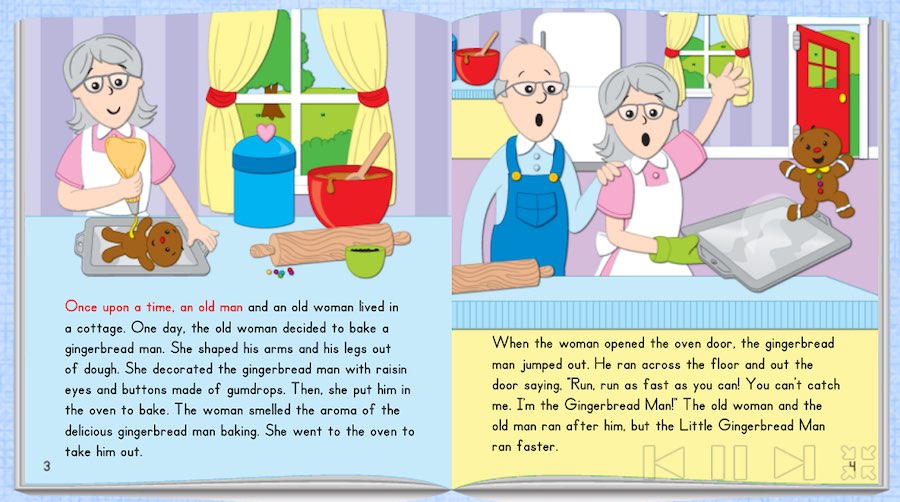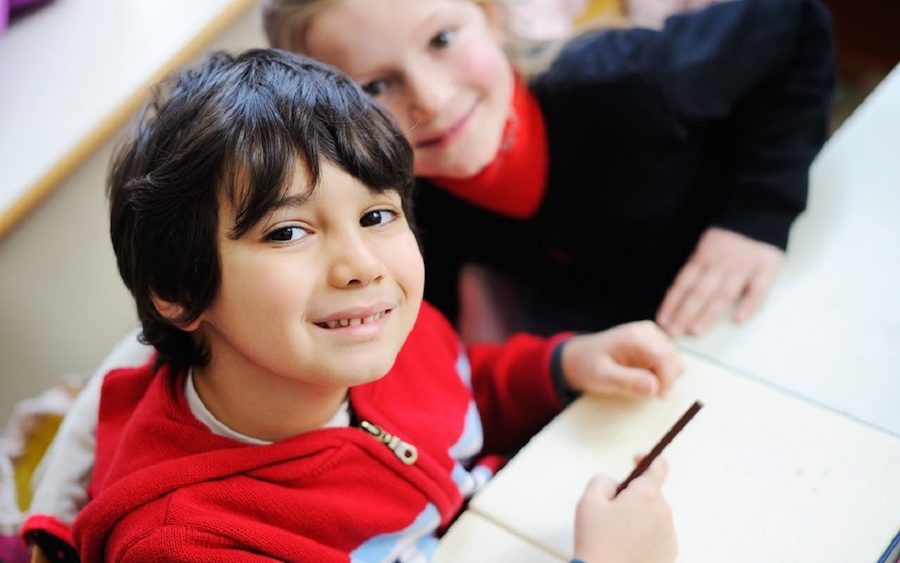
Active Learning for Winter
Even though the winter chill may keep your students inside during recess, there are plenty of ways to expend excess energy during the school day. The holiday season is a treasure trove of creative active learning ideas to help you reinforce key concepts with your students. Here are just a few ideas.
SNOWFLAKES AND GEOMETRIC SHAPES
The first step is to cut square pieces of white paper into snowflakes. Websites including KinderArt and Martha Stewart have instructions with step-by-step pictures.
After each student has made his or her snowflake, ask students to look at their snowflakes and count how many shapes they find. As students count, create a class tally of each shape on the board. First, ask students to count the squares. For every square or rectangle they count in their snowflake, tell students to jump up once. (For example, if they count four squares or rectangles, have them jump up four times.) For every circle they count in their snowflake, have them do the same number of jumping jacks. For every triangle, have them hold a plank and count the corresponding number of seconds. If desired, assign a movement and do the same for rhombuses, hexagons, and octagons.
READING COMPREHENSION WITH THE LITTLE GINGERBREAD MAN
“Run, run, as fast as you can. You can’t catch me, I’m the Gingerbread Man!” This fun story is a holiday favorite for small children and can be used to practice reading comprehension by asking students to describe the characters, settings, and events.
First, read the story as a class. If you are a Walkabouts user, The Little Gingerbread Man is the story for the first grade ELA/Literacy (Reading: Literature) Walkabouts.
As the story is being read, encourage students to identify action verbs such as run, catch, gallop, eat, etc., to give students an opportunity to mimic the action. (Examples may include running in place, waddling in place, paddling in place, etc.)
Next, review the story by asking a few reading comprehension questions. (These are also included in the Walkabout.) If the answer to the question is “yes,” ask students to circle their hips. If the answer to the question is “no,” ask students to jump up and cross their legs in an X. After each question, go over the correct answer.
If you are not a Walkabouts user, here are some examples of reading comprehension questions you could use:
- Is the main character of the story the old woman? (No.)
- If you described the Little Gingerbread man, would you describe him as a sassy cookie? (Yes.)
- Does the Little Gingerbread Man run faster than all of the other characters? (Yes.)
- Do the old man and the old woman catch the Gingerbread Man and take him home? (No.)
- If you described the fox, would you say he is sneaky? (Yes.)
- Does The Little Gingerbread Man outsmart the fox? (No.)
- Does the fox help the Little Gingerbread Man safely cross the river? (No.)
- Walkabouts users, for more activities that correspond to the story of The Little Gingerbread Man, check out our Facebook page where we’ve uploaded several Gingerbread-themed Walksheets.
SNOWMAN SPELLING OR SNOWMAN MATH
Place three toy hoops on the floor in the shape of a snowman. Add a black paper hat, an orange paper (or real carrot) nose, and black paper eyes and mouth. For this partner activity, provide beanbags (the number of beanbags should correspond to the letters in the longest word) and a list of spelling words. One student should read a spelling word and the other student should toss one beanbag into each hoop as they spell the word aloud. Students should check each other’s work. After students toss and spell a predetermined number of words, they should switch roles.
Seasonal spelling words might include the following:
- snow
- snowman
- snowflake
- ice
- icicle
- skate
- winter
- cold
- freeze
- frozen
- frost
- sled
- coat
- hat
- mittens
- scarf
Students can also practice addition or multiplication with this activity. Set up the toy hoops and snowman as described previously. For this partner activity, provide three beanbags (for the two numbers in the problem and the answer) and a list of math problems with answers. One student should read a math problem (leaving out the answer) and the other student should toss one beanbag into each hoop as they say each number in the problem aloud. Then, the tossing student should toss another beanbag and say the answer. Students should check each other’s work. After students toss and solve a predetermined number of math problems, they should switch roles.





